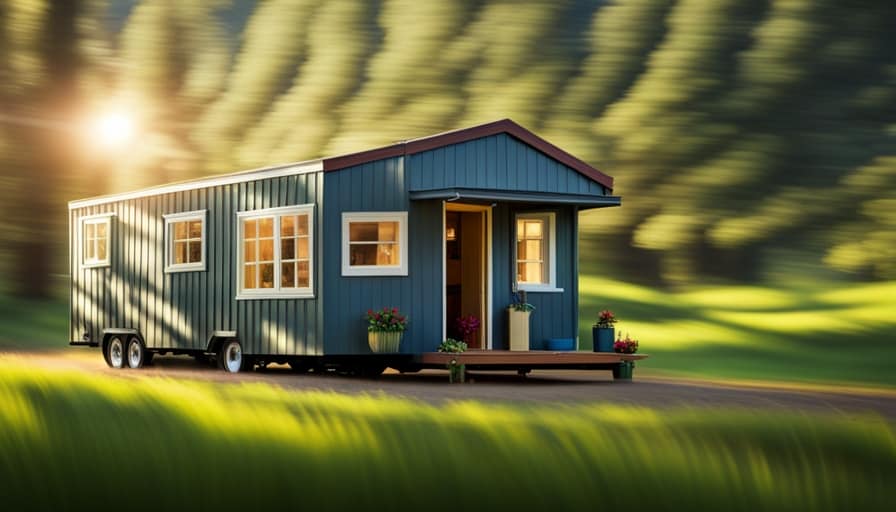
Updating your home may not be the most exciting project, but it is essential for improving energy efficiency. Making energy-efficient upgrades can result in substantial savings and are good for the environment. The US government is currently providing funding for these projects in an effort to decrease greenhouse gas emissions by 40% by 2030.
Tax credits
There are many ways to receive tax credits for energy-efficient home improvement projects. These improvements can be claimed up to 30% of their costs. These improvements include replacing old doors and windows with more energy-efficient versions. Other energy-efficient home improvements include installing new insulation and highly-efficient heating and cooling equipment. Depending on the home improvement you choose you could get a credit up to $300 on your monthly energy bill.
The Energy Efficient Home Improvement Credit (FEHIC) is a federal incentive for home improvements. It is a revamped form of the Nonbusiness Energy Property Credit, which was worth up to 10% of the cost of a project. The credit is valid from January 1, 2023 through December 31, 2032. In addition to tax credits, you can also get rebates from HEEHRA. This program was created to assist low- and moderate-income households in making improvements to their homes that lower their utility bills. However, it is important to note that the tax credit is not available to all homeowners.
The federal tax credit for energy-efficient home improvements was previously set to expire in 2017 but was retroactively extended until 2023. As a result, you’ll probably have to make your home improvements now if you want to qualify. However, this credit will not be available after 2024 and may not be worth the same amount in a few years.
The tax credit is based on the cost of certain energy-efficient products and services that are included in your home’s building envelope. For instance, if you install new windows, install new insulation in your attic, or install a new heat pump, you may qualify for a rebate of up to $300. It is important to inform your accountant about any upgrades you have made. If you opt to file your taxes manually, you need to fill out Form 5695 for residential energy improvements. Follow the instructions to calculate credit amount.
Energy-efficiency technology and green energy technologies have made significant advances in recent decades. New construction homes are constructed with modern mechanical systems and appliances that maximize efficiency. In addition, these technologies are now much more affordable than in the past.
DIY projects
There are several ways to improve the energy efficiency of your home. Some require significant investments while others only require a weekend of work. Some of these projects can be done by yourself, and others can be completed by professionals. You should always follow the directions and track any savings to determine if your efforts have made any difference in your energy bills. These tips will help you make the best decisions about your home.
Do-it yourself home improvements can be a great way of saving money and improving the energy efficiency in your home. You can improve the efficiency of your home by doing small projects such as caulking around windows and installing decorative door draft-stoppers. These projects are also easy to complete without requiring a professional’s expertise.
If you’re a beginner, it’s important to start with simple projects. You can install energy-efficient light fixtures or a smart thermostat. You can then move on to more difficult weekend projects. A laundry drying rack can reduce your energy consumption and help you save money on your dryer bill.
ENERGY STAR certified products
Choosing ENERGY STAR-certified products for home improvements can help you lower your utility bills as well as improve the quality and comfort of your home. These products are tested for energy efficiency and are designed to last for many years. Energy Star certified appliances can help you save money on your electric bills.
These products are also available at many stores that offer rebates. Choosing ENERGY STAR certified products is an excellent choice for a wide range of energy-efficient home improvements. Many manufacturers have undergone rigorous testing to ensure they meet strict energy-efficiency standards, resulting in significant savings for homeowners.
Manufacturers must prove that their product meets the requirements of the EPA in order to be awarded ENERGY STAR certification. Manufacturers must also demonstrate that the product performs as intended. To ensure energy efficiency and high quality, LED light bulbs must be tested to strict standards. The test results are then reviewed by a reputable third-party certification body. This certification body must also be accredited to international standards.
To help consumers choose products that are energy-efficient, the Energy Star Program outlines specific requirements for different categories of products. The requirements for appliances and equipment are specifically targeted by the program. Electrophotographic printers, inkjet printers, facsimile machines, and steam cookers are among the many products that are covered. These products are tested according to the program’s requirements, and their energy usage is compared to their maximum throughput, operation modes, and functions. If the device does not meet all of the requirements, the manufacturer will add an additional adder to increase the OM allowance.
Installing ENERGY STAR certified products is a good way to take advantage of the tax credits for energy efficient home improvements. For energy-efficient windows or doors, you may be eligible to receive a ten per cent tax credit. This credit is applicable to a maximum of $500 per project, and does not apply to the cost of roof coatings.
Return on investment
Home improvements that improve the energy efficiency of a house have a high return-on-investment. These improvements can increase the property’s value and lower energy bills. Energy-efficient home improvements also increase the comfort of the home and make it more valuable. However, the payback period for these upgrades varies. Some improvements can be paid off in as little as 10 to 15 years while others may take longer.
Home buyers are willing to pay more for an environmentally-friendly home. Adding energy-efficient features will not only make your home more comfortable for your family, but they will also make your home more desirable to potential buyers. Since eco-friendly homes are in demand, you can enjoy a high return on investment for this project.
Homeowners are looking for ways to cut their energy bills and be more environmentally-friendly as the cost of energy continues to rise. A home that is energy efficient will not only reduce your bills but also increase your home’s value. To get the most out of your money, it’s a good idea start planning early. Remember to determine the type of project you want to do and your budget before you start any renovations. You can also make energy-efficient upgrades yourself.
Energy-efficient home improvements can help you save money and will pay off in a few months. The average cost for these upgrades is about $2800. These improvements will make your home safer, more comfortable, and healthier for your family. If you are unsure about which ones to make, contact your local contractor and ask for their advice.
If you decide to sell your home, it’s important to market it as an energy-efficient home. Include the upgrades in your listing, and show prospective buyers utility bills to show them how the upgrades can lower energy bills. Energy-efficient upgrades can increase your home’s value and make it more attractive to potential buyers.
Hi, I’m Emma. I’m the Editor in Chief of Tiny House 43, a blog all about tiny houses. While tree houses are often associated with childhood, they can be the perfect adult retreat. They offer a cozy space to relax and unwind, surrounded by nature. And since they’re typically built on stilts or raised platforms, they offer stunning views that traditional homes simply can’t match. If you’re looking for a unique and romantic getaway, a tree house tiny house might just be the perfect option.










